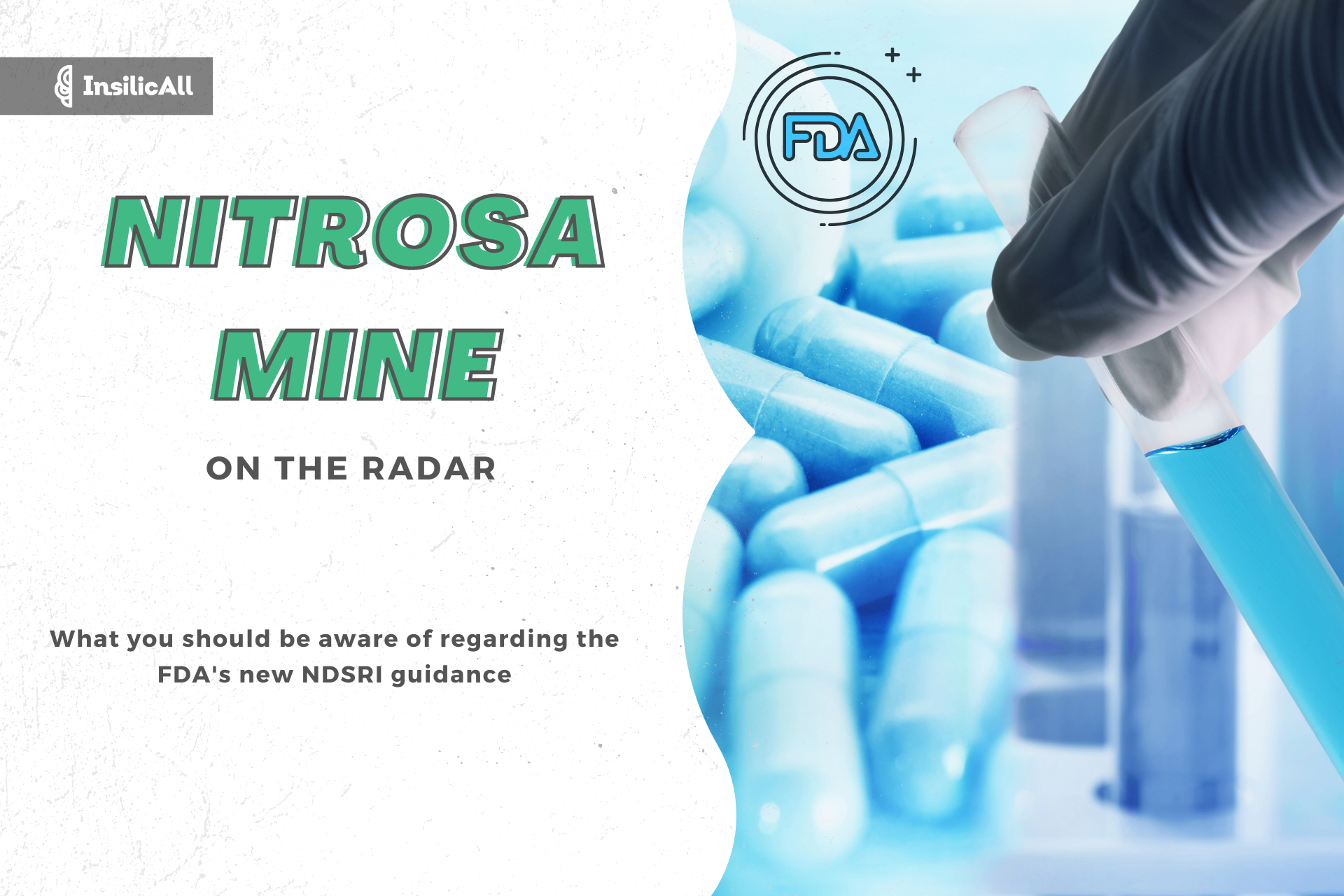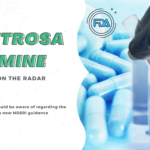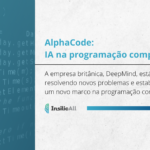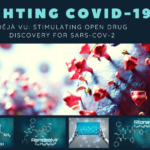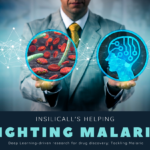The Food and Drug Administration (FDA) of the United States recently issued new guidance titled “Recommended Acceptable Intake Limits for Nitrosamine Drug Substance Related Impurities (NDSRIs) Guidance for Industry.” This critical update addresses NDSRI concerns, a class of nitrosamine impurities found in a variety of pharmaceutical products, including active pharmaceutical ingredients (APIs). Because of their potential link to cancer risk, these impurities have gotten a lot of attention in recent years.
The guidance, which was released on Friday, August 4, 2023, is in accordance with recent recommendations from the European Medicines Agency (EMA) and Health Canada. It provides a risk-based safety assessment framework for predicting the mutagenic and carcinogenic potential of NDSRIs in order to recommend acceptable intake (AI) limits. Our most recent blog post delves deeper into the EMA update on nitrosamine impurities.
What are the main points we’ve learned from this guidance?
Unless other robust data can override the predicted carcinogenicity potency categorization Approach (CPCA), it can establish the AI for an NDSRI. The CPCA is a decision tree assessment based on structure-activity relationships, with structural features proposed in upcoming InsilcAll publications being used to define potency levels.
- Revamping Analogues Selection: Beyond 2D Structural Similarity in Read-Across for Improved Mutagenicity Prediction and N-Nitrosamines AI Limit Determinations (will be available soon)
- Innovative AI-Driven Fusion of Molecular, Biological, and Toxicological Data: Redefining Next-Generation Risk Assessment for Mutagenicity and Carcinogenicity via Multi-Descriptor Read Across (MuDRA) (to be published)
A higher acceptable intake (AI) limit for NDSRIs may be supported by:
1) Obtaining compound-specific data to aid drug manufacturers and applicants in conducting safety assessments. In accordance with recent European Medicines Agency (EMA) and Health Canada recommendations, the FDA recommends an enhanced Ames test (EAT) for N-nitrosamines that are negative in the OECD Test Guideline No. 471 compliant Bacterial Reverse Mutation (Ames) Test.
2) Determining a suitable surrogate using read-across assessment. Follow the recommendations in the ICH M7(R2) guideline for predicting the mutagenic potential of genotoxic impurities and limiting potential carcinogenic risk when performing (Q)SAR analysis. The ICH M7(R2) recommends using two complementary (Q)SAR prediction methodologies, one expert rule-based and the other statistical-based; the Detoxie ICH M7 workflow may help in identifying a suitable surrogate compound to justify a proposed alternative AI limit. The FDA recommends selecting surrogates with robust carcinogenicity data when calculating an AI limit. Based on rodent carcinogenic potency data such as TD50 values, which may be available in the Carcinogenicity Database (CDB), a compound-specific AI can be calculated.
How will these policies be put into action?
Given the importance of the updates issued by the FDA, EMA, and Health Canada, our InsilicAll team is actively working to provide a solution to assist our clients with regulatory submissions in accordance with current guidance. The upcoming Detoxie for ICH M7 and ReactorSim releases will include CPCA assessment functionality, which will allow you to quickly assign a nitrosamine query structure to a predicted potency category and provide a corresponding AI limit in addition to your ICH M7 predictions. More information about this release will be released soon.



